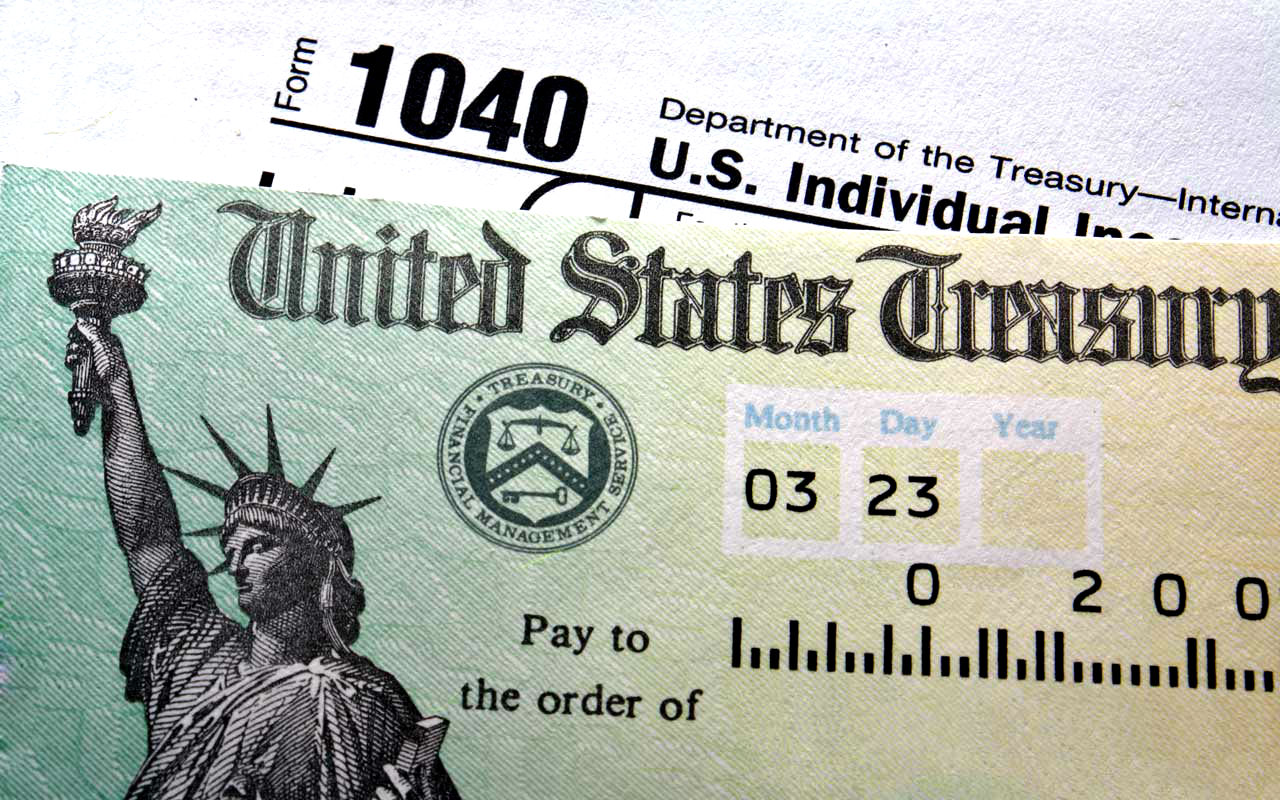Paying taxes isn’t a favorite pastime of most Americans. And in retirement, paying higher taxes can be an unwelcome surprise when the financial plan did not account for them.
A survey by Nationwide revealed that over one-third of current retirees didn’t consider how taxes could impact their income when they were planning for retirement. Less than half said they know how to leverage their financial accounts to minimize their tax burden.
“One of the greatest disruptors of wealth and its potential is taxation,” says John Smallwood, president of Smallwood Wealth Management and author of It’s Your Wealth – Keep It: The Definitive Guide to Growing, Protecting, Enjoying, and Passing On Your Wealth. “Most financial strategies are missing the fundamentals, leaving you to pay much more in taxes than you should over your lifetime.
“There are some fundamental concepts of taxes that apply to the financial planning process. The goal is to have multiple sources of retirement income that balance out taxes and fees. That way, if one or more of the sources dries up, or if tax law changes a source or two, then the impact on your portfolio will be minimal.”
Smallwood says the following items related to taxes are important to know when creating a retirement plan:
- Tax deferrals. Tax deferral strategies are intended to defer paying taxes on certain assets, based on the concept of moving from a higher tax bracket to a lower tax bracket in the future. But Smallwood cautions, “The tax rate in the future may not be in your favor. If you defer and don’t end up in a lower tax bracket, you can lose. You might end up paying more than if you had not deferred.”
- Qualified plans. Specific rules and potential penalties apply when you withdraw from tax-deferred retirement accounts, Smallwood says. Withdrawing before age 59½ brings a 10% penalty. At 70½, there are required minimum distributions (RMDs). “With RMDs, there is a 50% penalty for not withdrawing the right amount of money.” he says. “Plus, depending on the account, you have to pay taxes according to your bracket.”
- Compound taxes. Tax strategy when you are saving for retirement is one of the most important parts of a wealth plan. “For example, a 45-year-old with a savings rate of 6% and putting away $51,000 per year could accumulate a healthy balance of $2.5 million by age 65,” Smallwood says. “But with compound taxation, money is eroding all the time. Each year that an account grows, the investor’s tax liability grows along with it. Interest earnings, along with dividends and capital gains, get larger over time as the investment gains in value. If the gains the first year include $30,000 worth of interest but at the 30% tax bracket, then you’ll have to pay $9,000 more in taxes.”
- Systematic withdrawals. Systematic withdrawals, if done properly, can significantly reduce the tax impact on an investment portfolio. “Let’s say, late in 1989, you placed a lump sum of $100,000 in an S&P 500 index fund with a good track record,” Smallwood says. “Instead of leaving the funds in the account, however, you took $6,000 from the account each year and repositioned those assets elsewhere. After 20 years, the fund balance would have reached $243,191, an annual gain of 7.92% that exceeds the return earned by leaving the funds in the account. Why? Because taking those withdrawals undercuts the impact of compounded taxes. Over time, the tax obligation would be $30,451, or $13,622 less than leaving the money in the account.”
“Good retirement planning includes all the possible tax implications and gives you options,” Smallwood says. “Organizing income sources so that they hit your tax return the right way should be a deliberate strategy every year.”
John L. Smallwood is a senior wealth advisor, www.johnlsmallwood.com, and president of Smallwood Wealth Management and affiliated companies, providing investment consulting and financial plan design for corporate executives, entrepreneurs, and professionals. He is the author of It’s Your Wealth – Keep It: The Definitive Guide To Growing, Protecting, Enjoying, And Passing On Your Wealth, and a previous book, Five Ways Your Wealth is Under Attack.
Become a Harlem Insider!
By submitting this form, you are consenting to receive marketing emails from: . You can revoke your consent to receive emails at any time by using the SafeUnsubscribe® link, found at the bottom of every email. Emails are serviced by Constant Contact


 By
By 





